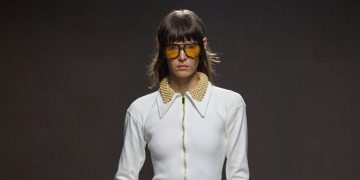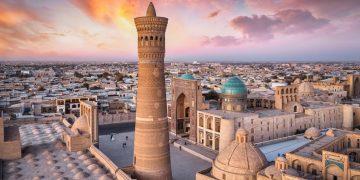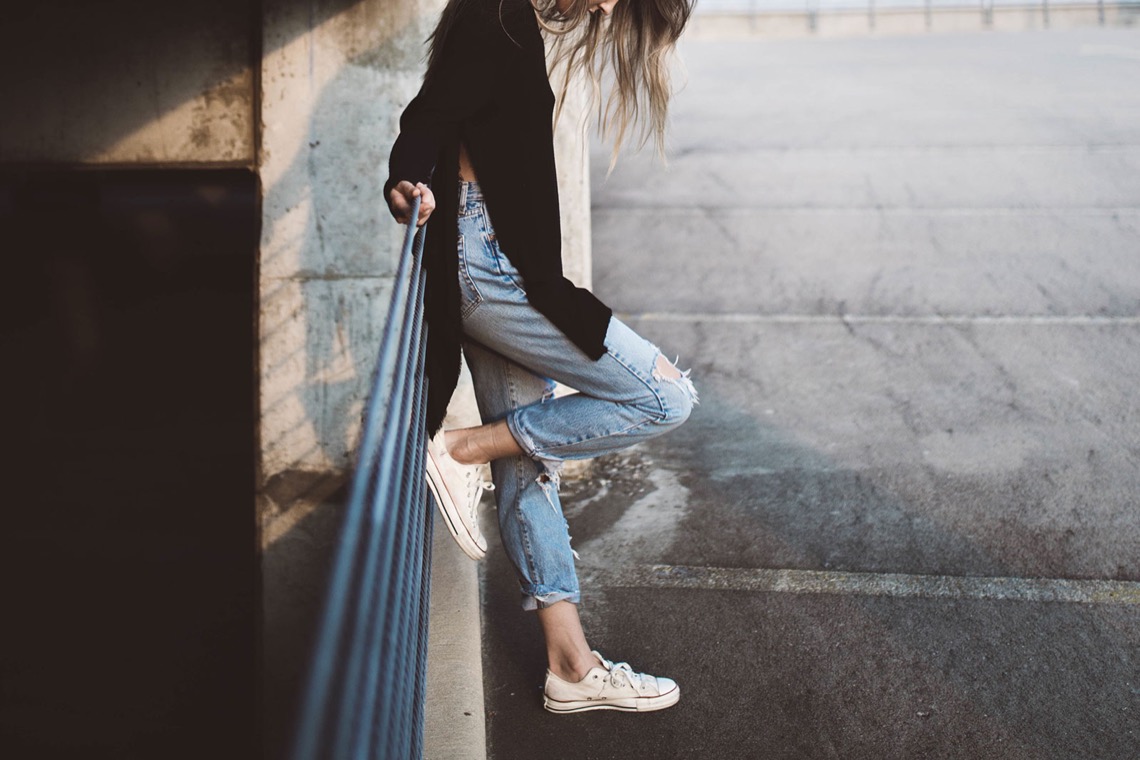“Bukhara needs more attention, and it would be great to have people coming here every two years, discovering more, and seeing from different angles,” said Gayane Umerova, commissioner of the Bukhara Biennial.
The opening weekend of the inaugural Bukhara Biennial, which continues through November 20, brought an international contingent of creatives, including Bangkok-based creative consultant and Philip Huang co-founder Chomwan Weeraworawit, New York-based artist and culinary designer Laila Gohar, and the Tashkent-based Uzbek fashion designer and artist Jenia Kim (also known as J.Kim) to the ancient city. Both Gohar and Kim are showing as part of the biennial; Gohar created a tiny pavilion made of the rock sugar Uzbeks use to sweeten their tea, while Kim created an installation inspired by the city’s whimsical stork scissors.
On September 5, a select group gathered in the candlelit courtyard of Sitorai Mohi-Khosa (Palace of Moon and Stars), the summer residence of the Emirs of the city for a welcome gala. The night recalled the feasts of the past as long banquet tables bordered a candlelit courtyard, shisha smoke wafted through the rose-filled gardens, and guests took selfies in the palace’s mirrored halls. Now home to Bukhara’s Museum of Decorative and Applied Arts, visitors can relive the decadent surroundings of court life. “It was really the center of the world, and now the world is changing, and these places are emerging again,” Fanny Boucher, the Paris-based jewelry designer behind Bangla Begum, told me as guests gathered for a post-dinner drink.
“The whole city is like a big living outdoor museum,” Bukhara Biennial artistic director Diana Campbell told me over ice cream a few days later. You’ll see what Campbell is talking about if you visit the 16th-century Khoja Kalon Mosque, one of the most striking parts of the biennial.
#Central #Asian #Capital #Art #Fashion #Hotspot















